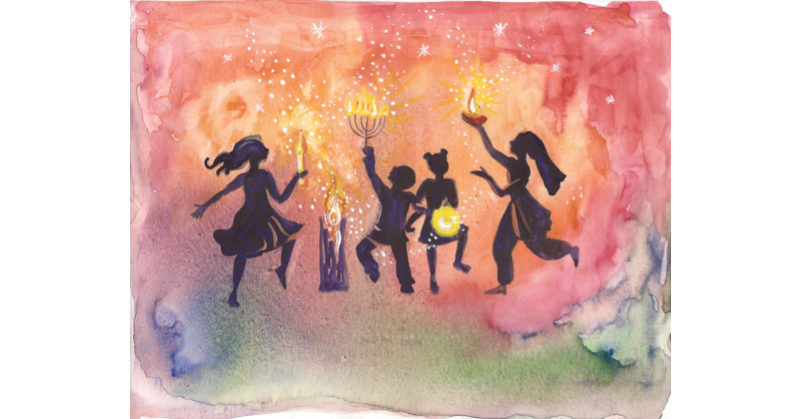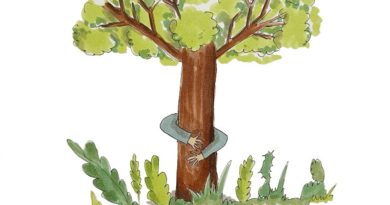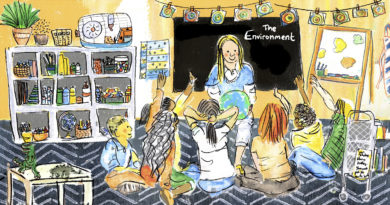What “Celebrating Together” Means
In many cultures there are community festivals at this time of year to brighten up the darkening days and symbolise the lightening of our moods through dressing up, eating and drinking together. The wonderful range of cultures in the international community in Switzerland make for a great number of celebrations to attend, either to share in familiar rituals or to observe as guests what others in an unfamiliar culture are doing and feeling. First and foremost the Swiss rituals give us the immersion in culture that most of us are looking for when we move abroad: Räbeliechtliumzüge (local turnip lantern parades), making Advent wreaths in November to count down the weeks to Christmas, meeting Samichlaus on 6th December instead of on Christmas Day, and eating Grittibänz, the little bread men with bits of sugar on top.
We might also hear about similar festivals such as Laternenfest, which relates to St Martin’s Day in Germany and Austria for example. Small adjustments to familiar traditions from German-speaking countries mean that the rituals are still what children can relate to. Schoolchildren in Germany still have processions with lanterns, and the bringing of gifts by the Christkind, for example, still results in presents and excitement to anticipate in the deep midwinter.
The further we get from our home cultures, the more we have to learn about other customs and cultures to teach our children how to relate to them. Some symbols are truly global: Diwali is an Indian festival which is marked by little lights in the darkness, Hannukah involves lighting candles on a menorah, and the feasting at Eid following a period of fasting involves much coming together of family and friends.
The atmosphere and feelings we share about our own customs make these festivals moving and emotional. They are a tangible illustration of what it means to belong to a place. As parents, we merge with our children in our own cultural festivals, but might not feel so comfortable in those that are not “our own.”
If we analyse for a moment what the process is behind a familiar family ritual, we start to understand what it takes to adopt a new cultural ritual. Take the example of a family outing to go see the Christmas lights. The children will be excited because adults they love are excited, based on memories of the experiences we had as children ourselves. Emotions are contagious – we pass them onto our children. This immediate transmission of feeling creates a special kind of family feeling; one important element is that everyone is there so we have a collective experience. Families, in this instance, are mini-communities, social units to which we belong. Even if some of the family is not there, the collective lives on in our minds, and the community spirit is re-created by the ritualistic experience.
Similarly, schools share cultural experiences. Immersion in the culture goes hand-in-hand with the new language, but is not dependent on language to be shared. It can be translated, if people are willing to explain to newcomers what these festivals mean, or at least how to celebrate. Customs result from meanings that may well be obscure to the people celebrating them but every cultural event represents values, history and traditions.
It seems to me that the automatic and unconsciously merged enjoyment of celebrating with your child makes home festivals a time when we can take a break from making an effort to bring up our children as independent beings with their own thoughts, feelings and decisions. We can relax and not think too deeply about whether we are imposing our wishes on our children, or how to regulate their behaviour in an unfamiliar group (“Be polite”; “Say this”; “Don’t forget to thank our host,” etc.). That is one of the differences between belonging and not-yet-belonging.
As foreign families, we have to accept that belonging in a local Swiss community will be a longer process, but we can take steps towards it that model respect or even reverence and will show our children how to behave appropriately. We can also model compulsory participation! I am an advocate of not allowing choice when the opportunity arises to take part in a new cultural event, because giving choice allows a certain emotional distance. Only by attending and regularly participating can we ever learn how others feel about the ritual; it helps us to belong a little more each time.
The number of multi-cultural families in and around Switzerland means that many of us at this time of year are creating a home away from home, in our own and possibly multi-cultural way. While drawing on familiar festivals to make our own, we can go back to the beautiful merged moments of our children’s early years, and when learning about new rituals, be parent-researchers and translators so our children can start to appreciate the feelings behind this new world we have brought them to.
By Monica Shah Zeeman
Monica Shah Zeeman is the originator of Presence Play in Zurich, and is working in partnership with Stillpoint Spaces at Englischviertelstrasse 42 and at Children First, Freiestrasse 175 to offer weekly Parent and Child courses for parents of the under 4s. For more information: http://www.childrenfirst.ch/index.php/parentchildsessions/
Children First has been celebrating all the major world festivals with children in their early years since 2006 to support international families living away from home.
For your interest: https://www.german-way.com/laternenfest-lantern-festival/
Illustration by Masha Ellis
Masha works as a product manager in the finance industry during the day and dedicates her spare time to art, cooking and her traditional nutrition blog. She is Australian with Ukranian roots and now lives near Lake Zurich with her little girl. To find out more, follow her on Facebook or visit her blog.




